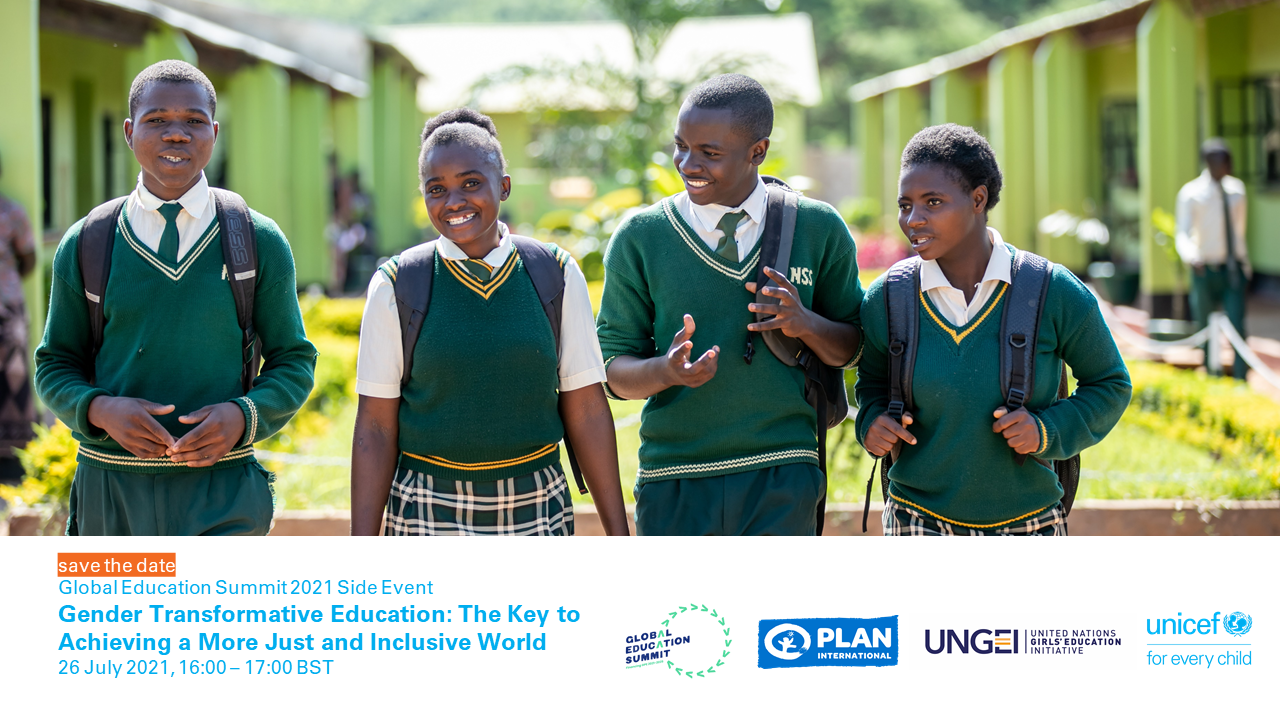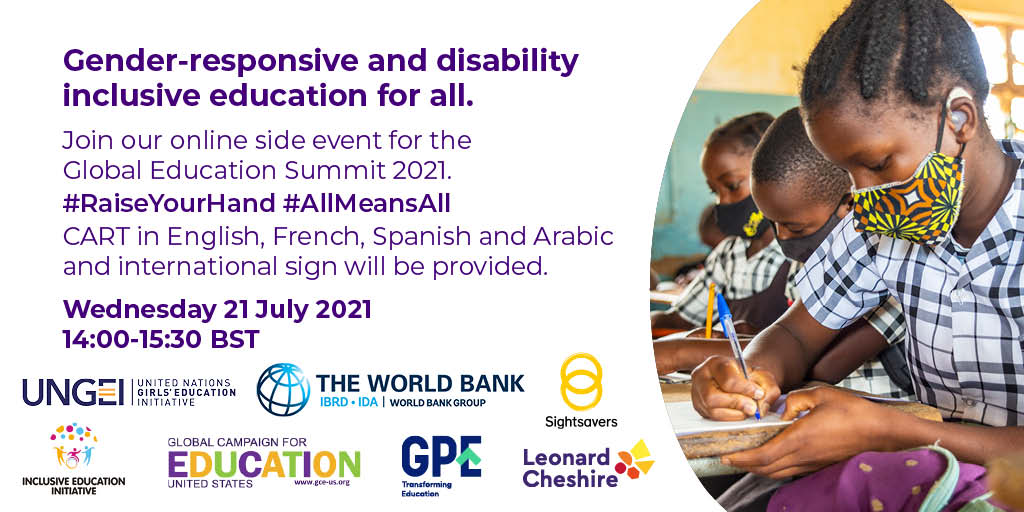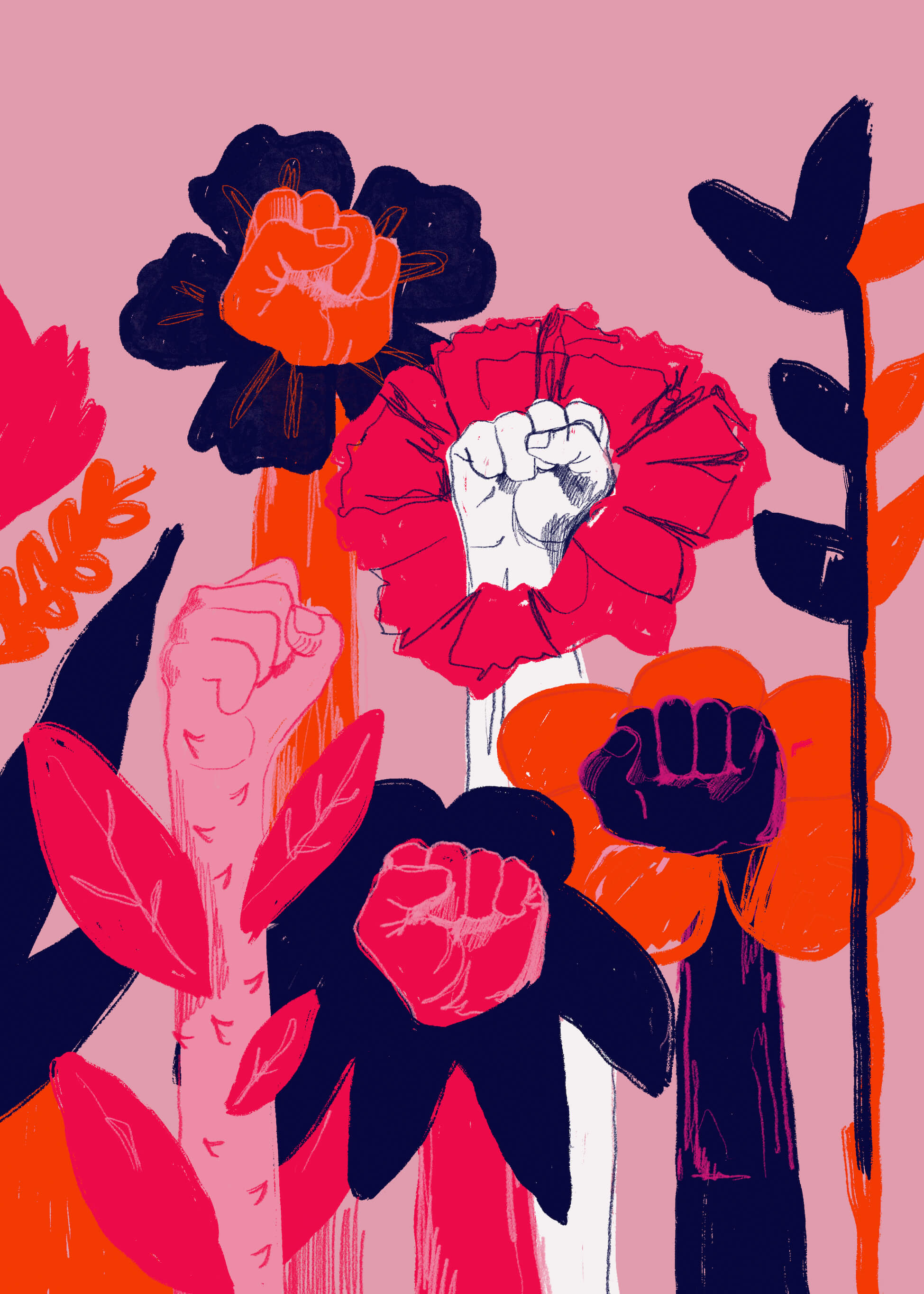no one leaves home unless
home is the mouth of a shark
you only run for the border
when you see the whole city running as well…
no one leaves home unless home is a sweaty voice in your ear
saying -
leave,
run away from me now
i don’t know what I’ve become
but i know that anywhere
is safer than here
These verses are excerpts from the poem ‘Home’ by Warsen Shire, a British-Somali poet. When I arrived in Kakuma Refugee Camp for the first time, it was because my mom had seen our whole town running for the border as well. Sudan was no longer safe, and Kakuma was to become our home. I would later be given an opportunity to study out of the camp, but after finishing secondary school, with no other options or paperwork to allow me to work in Kenya and a home country, South Sudan, that I barely knew and which still was not safe, I returned to the camp to teach in Kakuma Secondary School, often to students who were older than me.
Every refugee has a story to tell, stories of sadness and resilience. That resilience is an evident virtue that most refugees hold dear. Each having hope that one day everything will be okay. Education has been the greatest tool that has helped many young refugees cope with life and gain a new hope for a better dawn. As a teacher in Kakuma Refugee Camp, I have watched students at school and at home struggling to create a different world from the one in which they currently reside.
Kakuma Refugee Secondary School
The statistics of Kakuma Refugee Camp make my heart ache for the education of the girl child. Despite the fact that 94% of primary school children are enrolled in school, only 6% of the high school aged students are enrolled in high school. Of those enrolled, 24% are girls. Kakuma Refugee Camp has 21 available elementary schools and only 5 secondary schools, and this alone makes it limiting for the number of students that are able to make it to high school. Schools like Kakuma Refugee Secondary School, where I taught, came up with a strategy of dividing the school into two, School A and School B from 6am-12pm and 12pm-6pm respectively in order to allow more students to attend. I personally feel like 6 hours are not enough for a secondary school student to grasp everything, considering that these hours include physical education, club times, and all core classes. Despite the division of the school into two parts, the number of students still runs from 90 to 120 in each classroom.
Kakuma Secondary School is a sprawling complex of open-air buildings, with dirt floors, old benches wedged together and a blackboard in each room. AAR Japan has tried to improve the classrooms lately but still the numbers of the students do not match the limited classrooms available. The students are often older, many having experienced huge gaps in their education due to the interruption of war or having to take care of families. Society benefits the male child, and girls find it challenging to manage the life of being a student and a girl child back home with numerous responsibilities.
Making it to secondary school — the challenges girls face
Less than a fourth of the students at Kakuma Secondary School are girls for a variety of reasons. First, as school costs money, many families decide that it’s not worth educating a girl — it is too high a cost. You might wonder how school can cost money if you’re a refugee and schools are paid for by massive non-profits, but the truth is that between uniforms, books, and other supplies, families are often unable to come up with the money to send children to school since they are unable to earn an income as a refugee. Connected to that is the idea that a girl is a drain on her family financially, and marrying her off relieves the financial burden and even makes a family money through her dowry. Also, it is something to be proud of to make a good match and start a family according to many. However, this means that girls at very young ages are often married off, even at times against their wishes.
Third, girls are also often responsible for household tasks like fetching firewood and water from distribution points — sometimes very long walks from their homes. They have to take care of younger siblings or cousins, cook, wash, and by the time they are able to sit down and do homework or study, it’s dark, and there is no electricity or access to light. This results in girls often falling behind in their studies, ‘proving’ that girls aren’t as smart or can’t do as well at school. In short, there are a mountain of obstacles for girls to overcome to make it to secondary — let alone finish secondary school.
At times, it can feel hopeless — what, after all, is the point of an education that you won’t be able to use? Finishing high school is already a challenge, so making it to university is almost too big a dream to hold.
Overcoming barriers and restoring hope
I believe in creating more awareness in the community, especially among parents for them to understand that, apart from the household chores, their children irrespective of their gender need to all get quality time to study. I have seen an NGO distributing lamps to girls for studies, but most mothers turn them into cooking gadgets. Despite best intentions, this useful tool becomes disadvantageous to most girls, as the solar light meant to be used for studying is used by the family to make girls do house chores instead.
Another potential solution in my opinion is simply building more schools. If more schools can be built, then the chances of more students getting enrolled will increase, including the girl child. Building community or block-based libraries would also help students study after and before school considering that schools have been divided into two sections. Students need a place to study, to be around others who want to learn, and to maintain their motivation to achieve. Introducing life skills lessons to girls and sex education will also reduce the increasing spread of HIV/AIDs and pregnancy, both risks to teenage girls’ education.
In refugee camps, education provides hope in a place that too often feels hopeless. In order to both generate hope and also to create an educated population that can one day return to rebuild their home countries, both young men and young women must be educated. We refugees all carry scars — whether internal or external. Though our external scars may be more difficult to get rid of, internal scars can be minimized through education and empowerment. The more people and organizations can invest in refugee education for both boys and girls — the better chance we have of rebuilding our homes and establishing a peace that will last.


